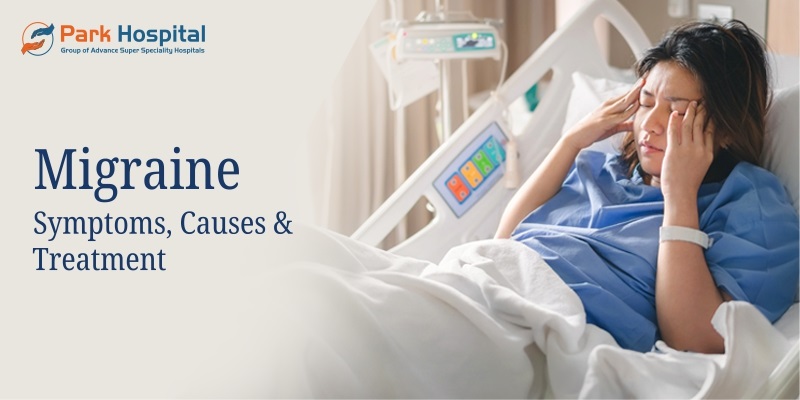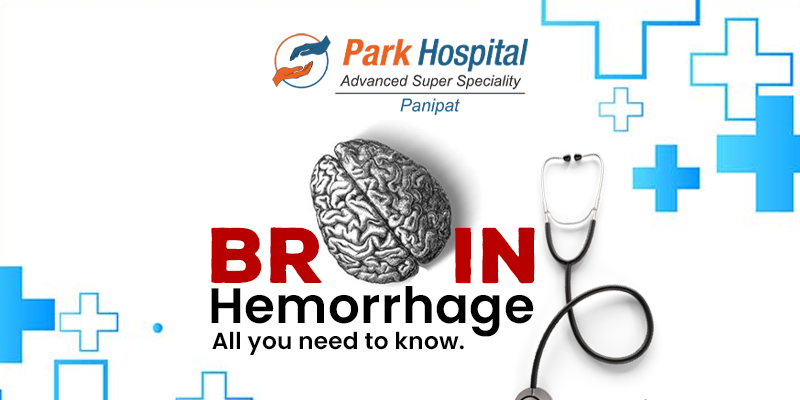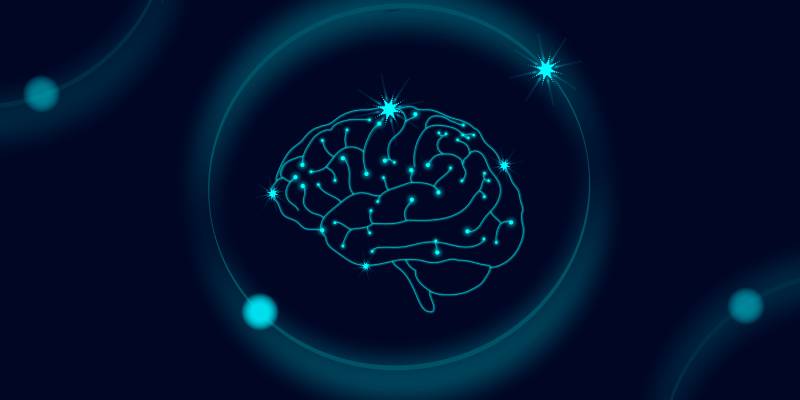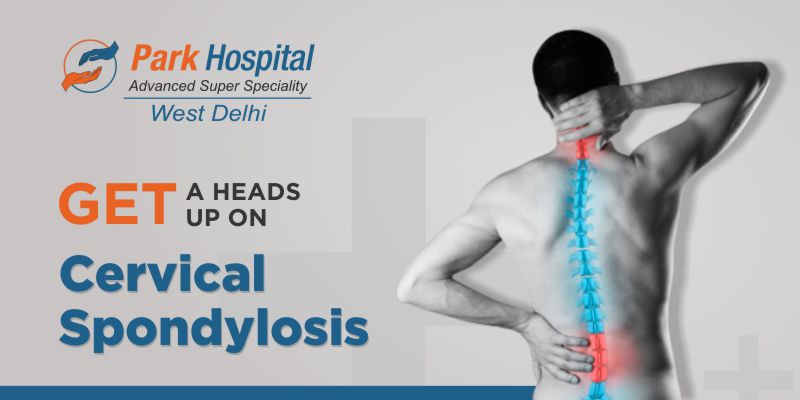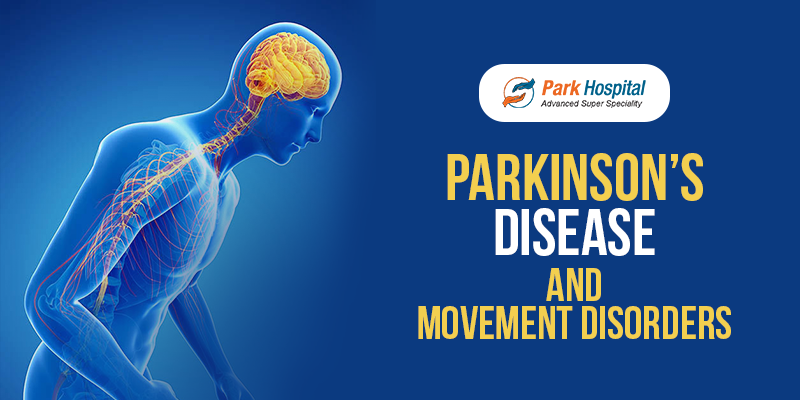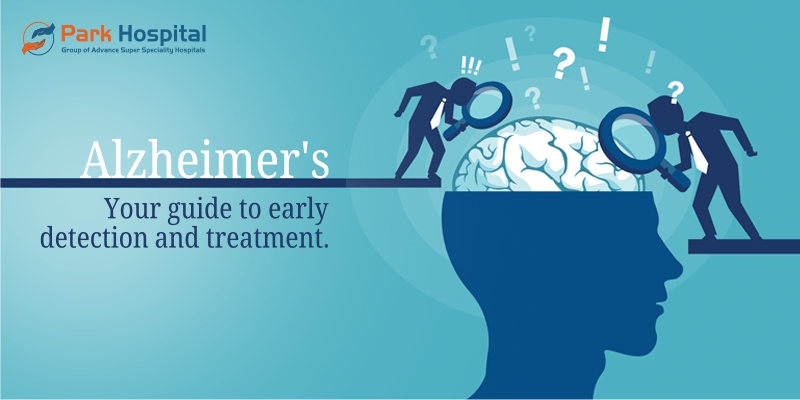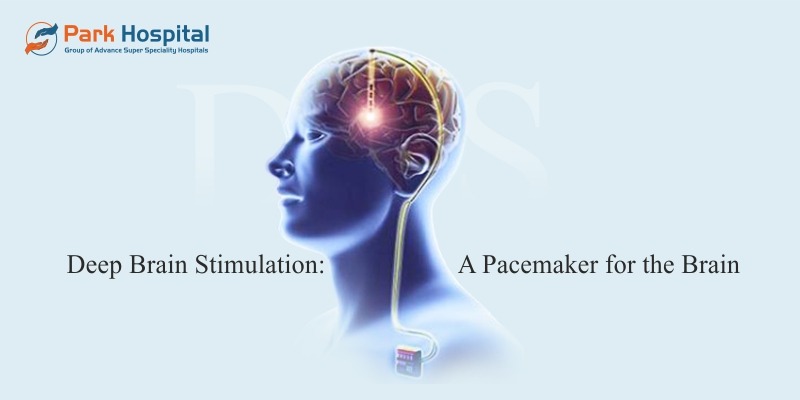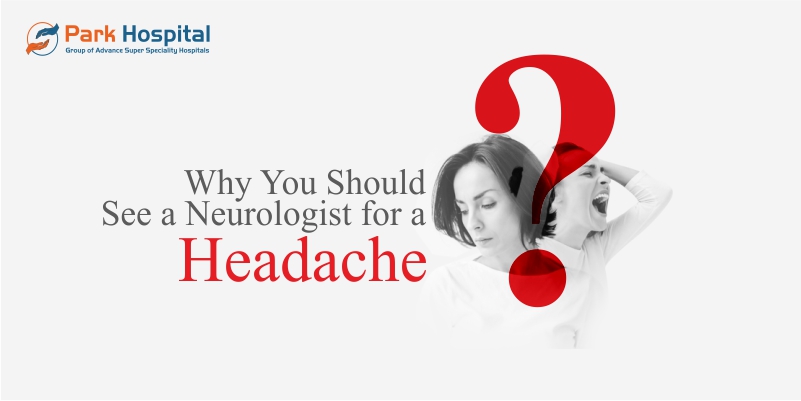How do you know you have a migraine?
You are suffering from migraine if you had at least 5 episodes of headache that lasted 4-72 hours and if such episodes have at least two of the following characteristics –
Unilateral location (one-sided)
Pulsating quality
Moderate or severe pain intensity
Pain increases by routine physical activity
During the headache, the patient might suffer from nausea/vomiting or photophobia.
Phases of Migraine
There are five phases of migraine –
Prodrome – patients explain it as the onset of yawning or feelings of depression, slow thinking, or fatigue
Aura – transient disturbance before or during headache
Migraine attack
Postdrome
Interictal phase – unpredictable length of time during which the patient struggles with anxiety.
Types of Migraine
There are 11 different types of migraine –
Episodic (0-14 headache days per month) and Chronic migraine (15 or more headache days per month)
Migraine with aura – almost 95% of those with aura (that is temporary sensory disturbances such as unpleasant smell or confused thinking) have headaches.
Vestibular migraine – a most common cause of dizziness and imbalance ranging from a few seconds to days depending on severity.
Silent migraine – experience migraine without headache.
Hemiplegic migraine – disorder due to genetic variation in which an individual experiences motor weakness (weak functioning) of a few organs like hands, arms, or just face or sometimes one entire side of the body.
Ocular migraine – episode in one eye caused due to tightening or swelling of blood vessels in the optic nerve. Can occur with or without headache.
Menstrual migraine
Status migrainosus – a severe form that lasts longer than 72 hours and may require inpatient hospitalization.
Migraine with brainstem aura – with at least two of the symptoms: slow speech, vertigo, ringing in ears, partial hearing loss, double vision, impaired coordination, or decreased level of consciousness.
Abdominal migraine – occurs in children with recurrent episodes of moderate to severe abdominal pain, that may last from 2 hours to 3 days.
Sinus migraine – more than 80% of patients with sinusitis suffer from sinus migraine. Symptoms are mid-facial pain, stuffy nose, nasal drainage, and loss of smell.
What can trigger a migraine headache?
Food – less than 30% of patients have symptoms within 24 hours triggered by food. Food triggers are alcohol, nitrates present in hot dogs and bacon, Mono Sodium Glutamate flavored foods such as Chinese food, soy sauce, etc., and caffeinated beverages such as coffee, tea, cola drinks, etc.
Exercise – Intense or sudden exercise
Hormones – hormone fluctuations due to irregular menstrual cycles, in the first trimester of pregnancy.
Weather conditions – Pressure changes, seasonal changes, and cold weather
Sensory stimulus – Bright lights, excessive noises, odors, tobacco smoke, high altitudes.
Stress
How can your migraine be treated?
Migraine headaches don’t allow you to focus or work due to the continuous headache triggered by various factors. It can be treated with life style changes and avoiding migraine triggers like- Light, Less Sleep, Loud Noise.
Start medication as per the treating doctor with regular follow-up.
Consult our expert Neurologists at Park Hospital.

